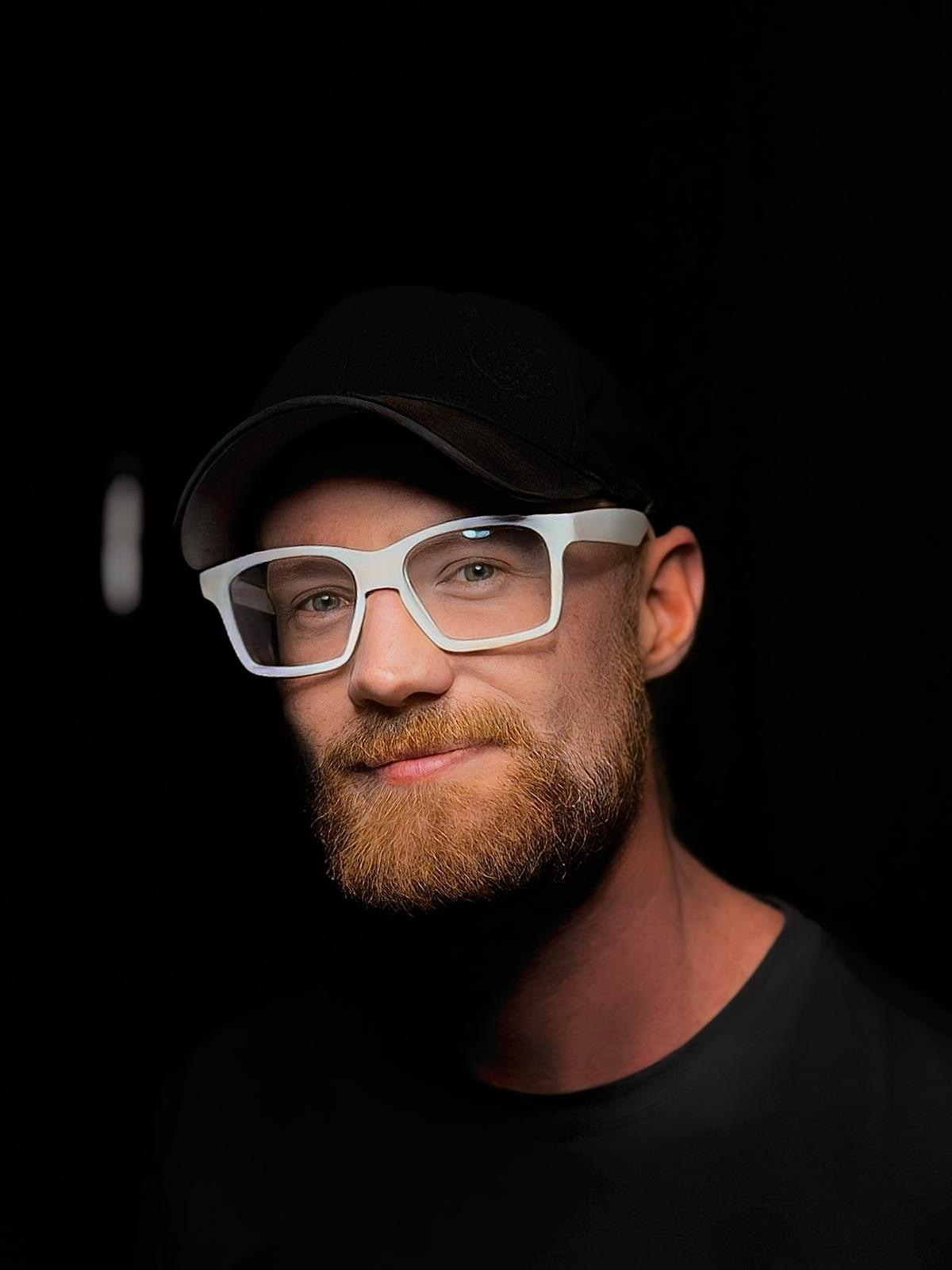The Creative Gift of Thinking Differently Embracing the Unexpected
by Brad LeBlanc is a social entrepreneur, creative leader, and proud member of the neurodivergent community
Some of the best chapters in my life began as detours.
A wrong turn that led to the right connection.
A project that collapsed, only to re-emerge stronger in a different form.
A decision that seemed terrifying but opened a door I didn’t know existed.
I was diagnosed with ADHD in middle school, long before I understood how deeply it would shape my life. Fitting in never came naturally. School had both bright sparks and bruises, and bullying was a constant shadow. In my 30s, I came out as Pansexual. The response was mixed: some people celebrated, others quietly stepped away.
Being neuroqueer isn’t just a label for me, it’s part of how I think and create. My mind makes leaps, spots patterns, and connects ideas in ways I can’t always explain but often lead somewhere valuable. It’s messy, surprising, and intense, but it’s also the starting point for some of the most meaningful work I’ve done.
Creativity Through Difference
I’ve never thought in a “standard” way, and that difference has been both a challenge and a strength. Over the years, I’ve been part of more than 500 projects across 55 industries in 12 countries. While the numbers might sound impressive, the real story is that none of them happened alone. They happened because people brought different strengths, perspectives, and lived experiences to the table.
My role has often been about takeoff and landing — helping to launch bold ideas or finding a way to bring them home when turbulence hits. In between there’s constant learning, unlearning, adapting, and sometimes starting over completely.
That’s the real gift of thinking differently: the ability to reimagine when others might retreat, to pivot when plans change, and to turn endings into unexpected beginnings.
Three Ways to Harness Creative Energy
Creativity thrives when it’s supported, not forced. These three practices have made a big difference for me:
- Follow the sparks.
- Notice what excites your curiosity. It’s often the seed of your best ideas.
- Play with perspective.
- Approach challenges from angles that feel counterintuitive. The edges often hold the breakthrough.
- Protect your flow.
- Find the time when your mind is sharpest and protect it. For me, it’s early mornings before the world interrupts.
Failure as a Creative Tool
Some of my most valuable lessons came from things that didn’t work.
Plans unraveled. Opportunities fizzled. “Sure things” collapsed overnight.
But those moments weren’t dead ends. They were redirections that forced me to look again, shift my approach, and see possibilities I’d missed.
Failure isn’t the opposite of success, it’s part of it. When we stop treating missteps as proof of inadequacy and start seeing them as information, the whole process changes. We start asking better questions:
- What did this teach me?
- Where else could this lead?
- Who could help me see this differently?
These aren’t about squeezing out more productivity. They’re about giving ideas the space they need to grow.
Creativity in Connection
I’ve learned to trust my own process, but I’ve also learned that creativity is rarely a solo act. The most rewarding projects I’ve been part of came from collaboration — mixing different ways of thinking, skill sets, and lived experiences.
When diverse minds work together, ideas become richer, more resilient and more original. One person sees the big picture, another spots the hidden risk, another finds the perfect way to bring the idea to life.
Difference isn’t a hurdle to creativity. It’s often the engine that drives it forward.
Moving Forward
Looking back, I can see a single thread through the challenges, pivots, connections, and surprises. I used to think I had to “fix” how I worked. Now I see that my neurodivergence, and the twists in my journey, are the foundation of my creativity.
If you’ve ever felt out of place or off-script, remember this: detours are not wasted time, they are part of the design.
Follow the sparks. Welcome new perspectives. Protect your creative spaces.
And trust that sometimes, the most important steps you take are the ones you never planned.

Brad LeBlanc is a social entrepreneur, creative leader, and proud member of the neurodivergent community. Diagnosed with ADHD in middle school, he has spent over two decades turning difference into innovation—helping charities, non-profits, and community groups raise over $50 million and contributing to more than $1 billion in economic impact across 55 industries. He has hosted world leaders, helped break a Guinness World Record, and worked to fight stigma surrounding diversity (including neurodiversity) and inclusion.
Brad has been involved in 500+ creative, strategic, and multidimensional projects in 12 countries – some of which have earned awards for community service, design, culture, branding, and creative campaigns. He is passionate about entrepreneurship, diversity, innovation, leadership, resilience, and international relations, and is committed to empowering those who think differently, feel deeply, and dream big. An adopted red-head from a single income family on the east-coast of Canada – hospitality and service run through his veins. Brad is a proud member of the LGBTQsia+ community.

